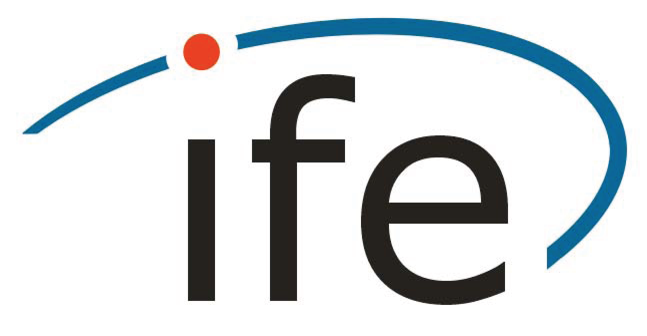Quantum gravimetry for future satellite gradiometry
- authored by
- Mohsen Romeshkani, Jürgen Müller, Annike Knabe, Manuel Schilling
- Abstract
The present electrostatic accelerometers (EA) drift at low frequencies. To address this problem, integrating a cold atom interferometry (CAI) accelerometer could be beneficial, as it offers the potential for superior long-term stability. The CAI-based accelerometers (CAI ACC) are accurate and stable, but they have some issues with long dead times and a relatively small dynamic range. A way to address these problems is to combine a CAI ACC with an EA in a hybrid configuration. Using CAI ACC in an upcoming satellite gradiometry mission can give stable and accurate measurements of the static Earth's gravity field. Three scenarios have been considered in this study: first, a realistic scenario involving current-generation and realistic hybrid accelerometers; second, a semi-realistic scenario with the same accelerometers and an accurate gyroscope; and third, using highly accurate hybrid/CAI accelerometers with an optimistic gyroscope. One significant aspect was on detecting temporal gravity changes, which cannot compare to the effectiveness of the low-low satellite-to-satellite tracking (LLSST) principle. But, quantum gradiometers can significantly enhance solutions for the static gravity field, provided one has accurate observations of the satellite orientation available.
- Organisation(s)
-
Institute of Geodesy
- External Organisation(s)
-
German Aerospace Center (DLR)
- Type
- Article
- Journal
- Advances in space research
- Volume
- 75
- Pages
- 1653-1664
- No. of pages
- 12
- ISSN
- 0273-1177
- Publication date
- 15.01.2025
- Publication status
- Published
- Peer reviewed
- Yes
- ASJC Scopus subject areas
- Aerospace Engineering, Astronomy and Astrophysics, Geophysics, Atmospheric Science, Space and Planetary Science, General Earth and Planetary Sciences
- Electronic version(s)
-
https://doi.org/10.1016/j.asr.2024.11.072 (Access:
Open)
-
Details in the research portal "Research@Leibniz University"




